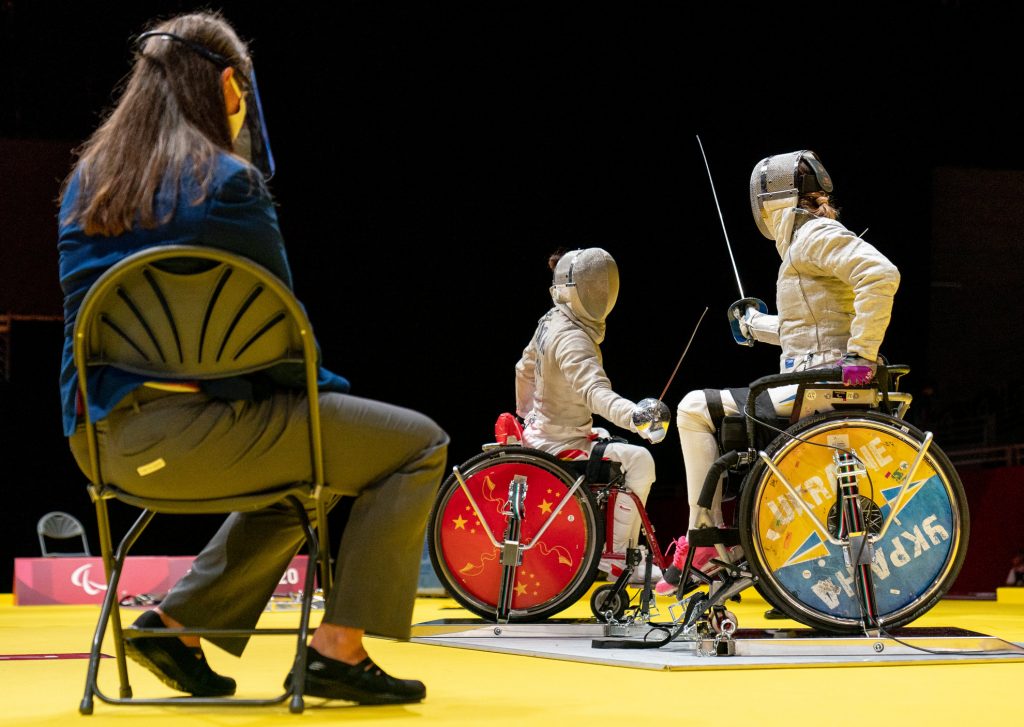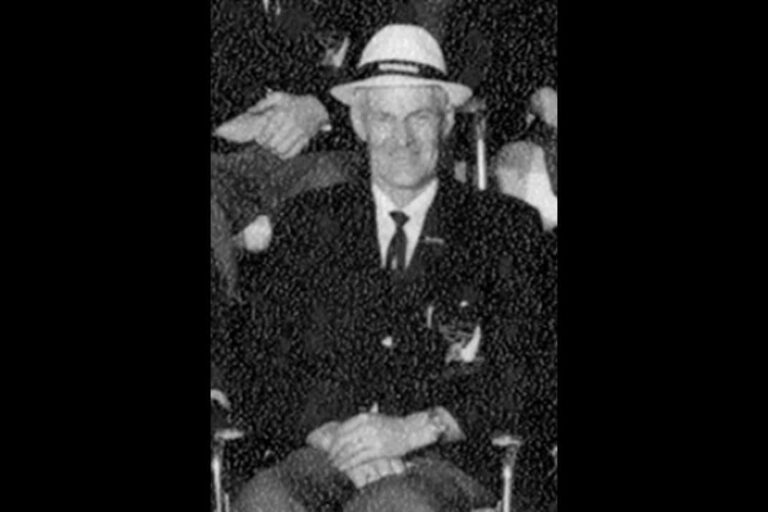
Wheelchair fencing

What is Wheelchair fencing?
In Wheelchair fencing, men and women Para athletes compete in a wheelchair in a special frame firmly fastened to the floor. The fencers cannot move forwards or backwards and are always at close quarters with their opponent, ensuring high intensity bouts. Like its Olympic equivalent, it is competed with foil, épée and sabre.
The goal in fencing is to score ‘hits’ or ‘touches’ on your opponent. A given number of hits (usually from five to 15) make up a ’bout’, and the first player to score that number wins the bout. Touches are recorded electronically by body wires.
Wheelchair fencing in New Zealand
Wheelchair fencing is not currently delivered widely in New Zealand, but register your interest now and we will help you to find a Para sport for you in your local area!
For more information on Wheelchair fencing visit the International Wheelchair and Amputee Sports Federation.
Who is eligible for Wheelchair fencing?
Para athletes with amputations, spinal-cord injuries, cerebral palsy, degenerative neurological disorders and neurological impairments are eligible to compete in the foil, épée and saber events.
History of Wheelchair fencing
Fencing for those with spinal cord injuries was first developed by Sir Ludwig Guttmann at the Stoke Mandeville Hospital, and the sport was introduced at the Paralympic Games at Rome 1960.








































